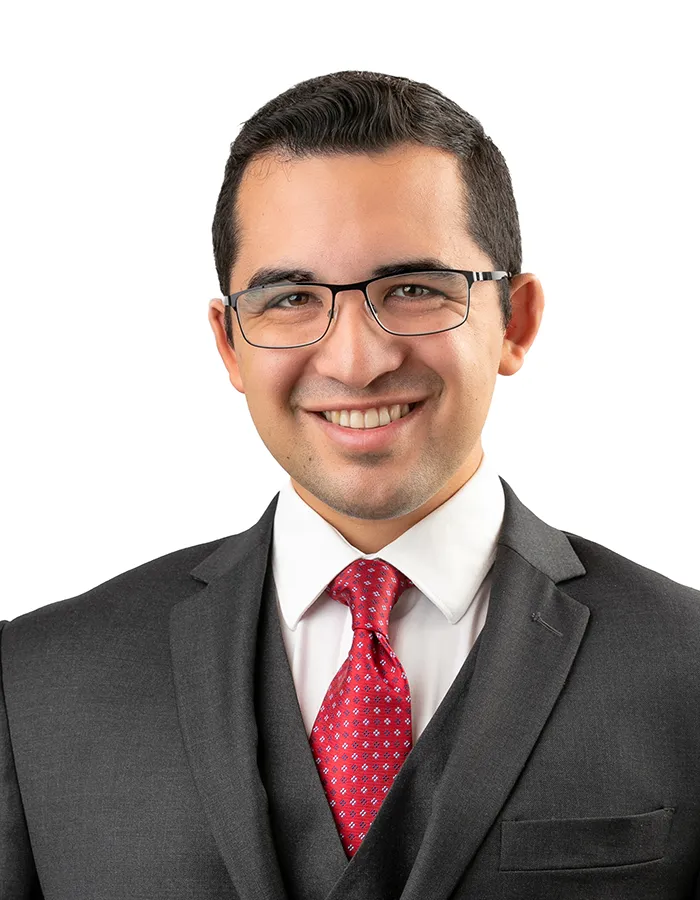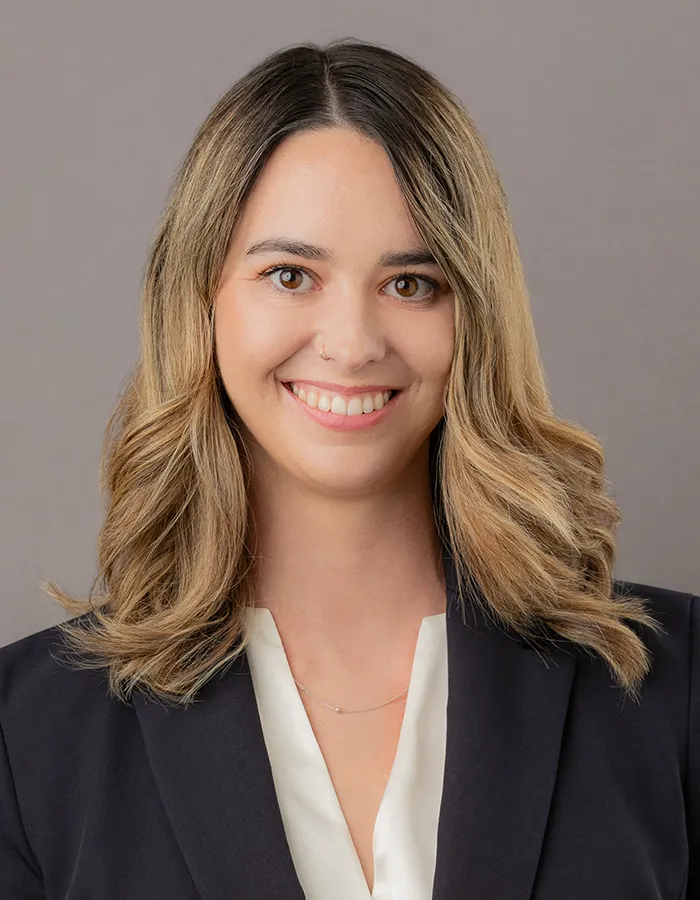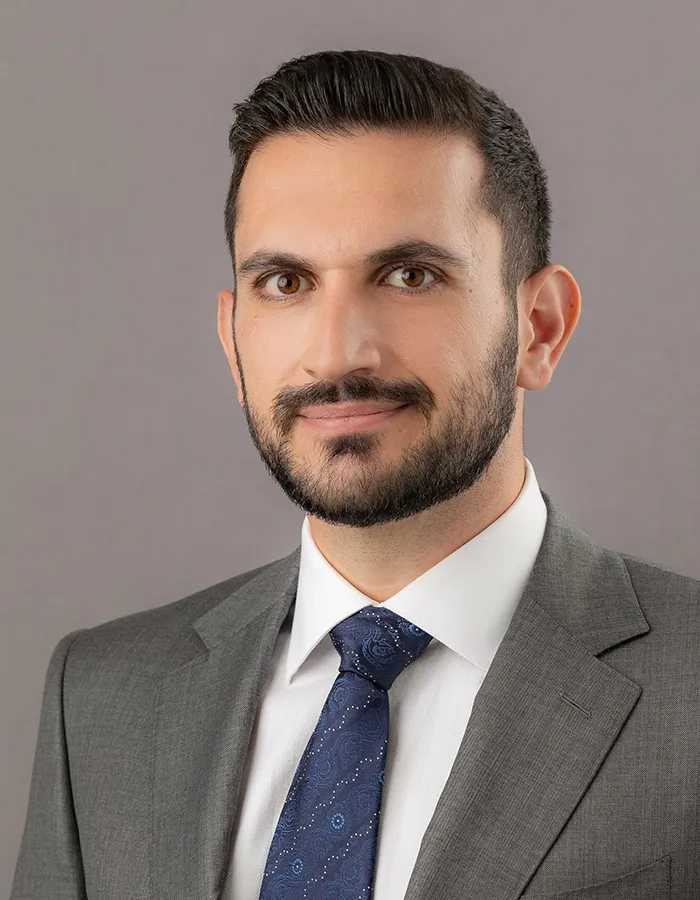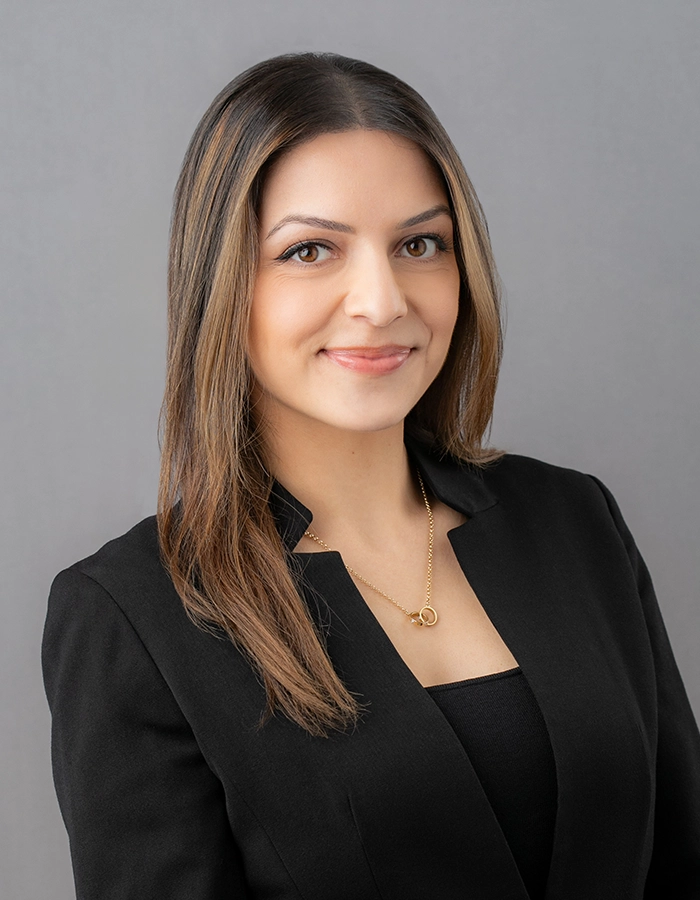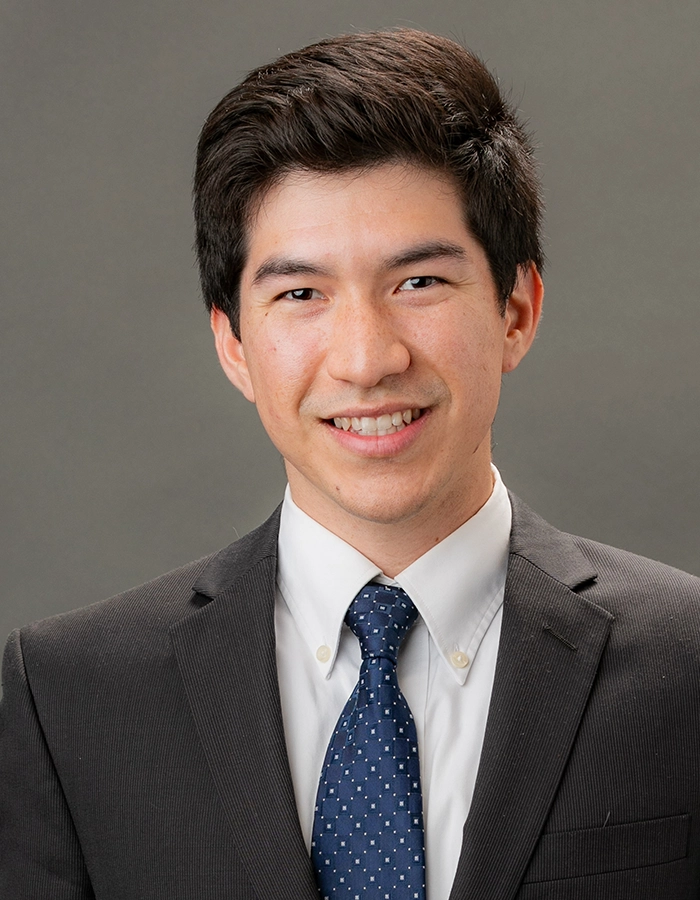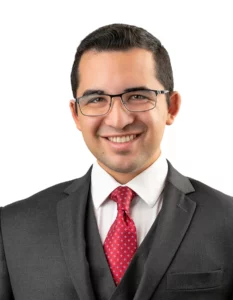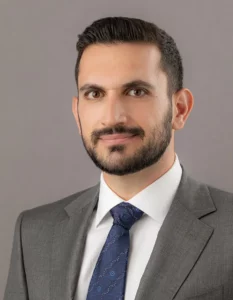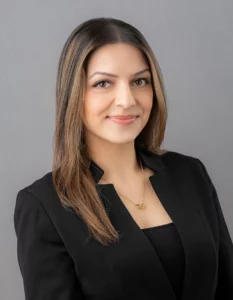ERAS Photo Requirements and Tips for Professional Medical Residency Headshots

What are ERAS Headshots?
ERAS headshots are professional photographs included in the Electronic Residency Application Service (ERAS) submissions by medical students applying for residency programs. These headshots provide the first visual impression to program directors reviewing applications. Unlike a typical snapshot or selfie, an ERAS picture is expected to convey professionalism, competence, and approachability, reflecting the seriousness of the candidate's intent and suitability for the medical profession. These photos play a crucial role in complementing the academic and personal achievements in the residency application. "The Photo is most often used by programs to help identify applicants when reporting for an interview." AAMC.ORG
If you are ready to dive into the 5 tips you can skip here.

How Important Is The ERAS Photo?
ERAS pictures are not only very important for a standout application, it is a requirement to submit a photo as part of the application process. In the competitive world of medical residency applications, every detail matters, and your Electronic Residency Application Service (ERAS) photo is no exception.
This headshot is more than just a simple photo; it serves as a crucial first impression for program directors and administrators who go through and review hundreds of applications.
You will want a photo that stands out from the competition right away. I know a professional and engaging photo can set you apart from other candidates, highlighting your attention to detail and professionalism before a word of your application is read. It is not unheard of for an application to be discarded immediately following the first glance of a poorly submitted unprofessional photo.
I find this kind of headshot photography to be just as important for medical students as a LinkedIn profile photo is for other pathways and professions. Over the past two decades, I have seen many changes, including the power that a single photo can have on a person's success.
My goal is to empower you to present a photo that not only enhances your application but also aligns with the high standards expected by residency programs. Whether this is your first endeavor into professional headshots or you are aiming to elevate your current photo, this article is designed to provide you with the tools and knowledge to create a lasting, positive impression on your future colleagues and mentors.
At the end of this article, you will know:
- Exactly what to wear
- The best practices for a successful medical residency application photo
- Photo requirements & specs
- What color backgrounds to choose
So let's begin with ERAS photo requirements and dimensions.
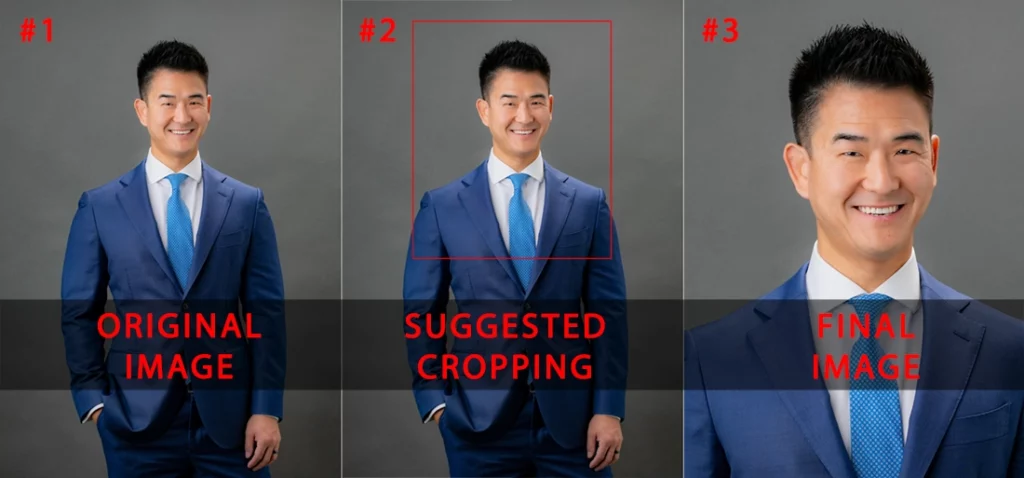
What Are The Requirements for Your Medical ERAS Application Photo?
There are specific guidelines for an ERAS photo and it is very important to follow them.
Always refer to the official page for up-to-date information and changes Requirements for ERAS photos.
The ERAS photo should include:
- A color photo
- The use of a white or gray background (recommended)
- Proper facial expression
- Face centered in the frame
- Appropriate placement and cropping of shoulders and head
What Size Should An ERAS Photo Be?
It is important to follow the specific guidelines that are given below. A professional photographer with experience in ERAS photos will be able to deliver your images according to these dimensions.
A photo file should not exceed these ERAS picture requirements:
Dimensions: 2.5 in. x 3.5 in.
Resolution: 150dpi
File Size: 150kb
Failure to ignore or not comply with the ERAS photo size requirements above could cost you time, money, and rejection of your application.

Why Is It Critical To Get Your ERAS Photo Correct?
With such a high level of competition for medical students seeking residencies, it is easy for applications to be rejected when they don't follow the required guidelines. During the application review process, one way to get overlooked is by not following the instructions.
Getting your ERAS photo correct also communicates that you're competent, can follow directions, and will do your job with the utmost due diligence. I recommend choosing a professional photographer with a great ERAS portfolio to take your photos.
By understanding what program directors are looking for and following expert photography tips, you can ensure your ERAS photo enhances your overall application, giving you a competitive edge in the residency matching process.
It is extremely important to put time and effort into your ERAS application. If you are seeking advice these guides and worksheets will help residency applicants complete their MyERAS® application can be found here.
Learn about Christopher Todd Studios' headshot photography
5 Tips for ERAS Professional Medical Residency Headshots
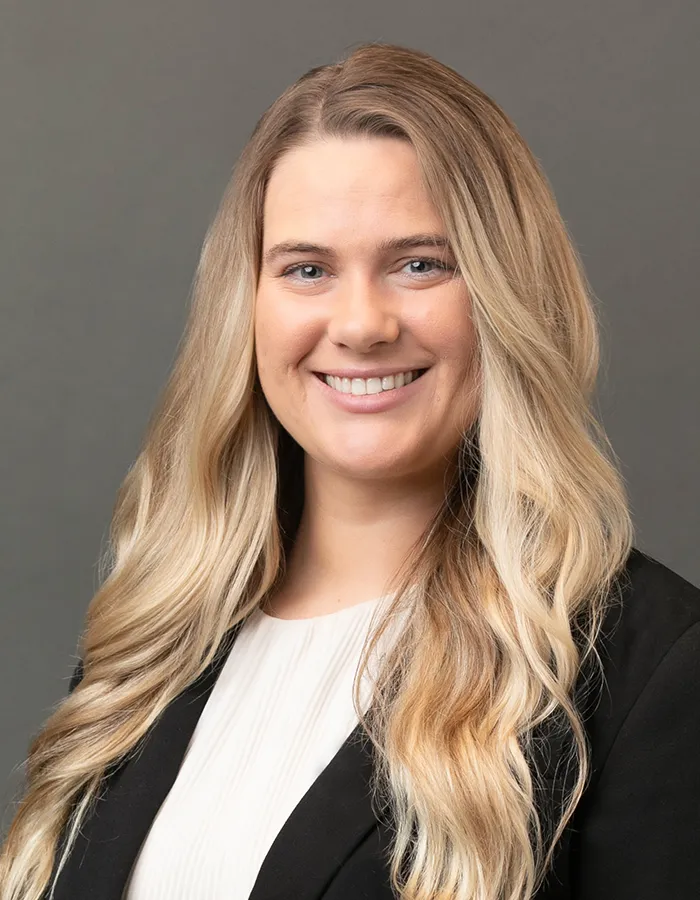
What Should I Wear For My ERAS Photo?
1. Choose The Right Outfit For Your ERAS Photo
The best advice is to dress professionally for your photos. Some standard advice I give to people seeking business headshots can also be applied to a residency application photograph.
Outfits to consider for men:
- Wear a dark-colored suit
- Always wear a tie ( solid or subtle pattern)
- Wear solid-colored coats, ties, and shirts
Outfits to consider for women:
- Wear a dark-colored suit
- Wear a solid-colored suit coat or blazer
- Avoid loud bright colors or patterns
- Keep jewelry minimal if any at all
- Avoid low-cut tops or blouses
Pro-tip for men and women:
- Keep your appearance professional
- Avoid wearing busy patterns or logos that may distract from your face
- Avoid wearing your white coat for your ERAS photo. This is generally discouraged for your primary photo
- Wear glasses only if you wear them daily

Should I Smile For An ERAS Photo?
2. Don't Forget To Smile

When Is the Best Time to Take a Residency Headshot?
3. Know The Current ERAS Residency Timeline
Knowing when the current year's residency timeline is will help you plan your photo date. Always check the ERAS website for current and up-to-date info. Give yourself plenty of time before the application is due. This allows for turn-around time from the photographer, getting a haircut 5-7 days before, and planning outfits.
Pro Tip: Don't procrastinate. Once you know the timeline and dates for the ERAS season, get those photos taken. Check it off your to-do list for a less stressful process.
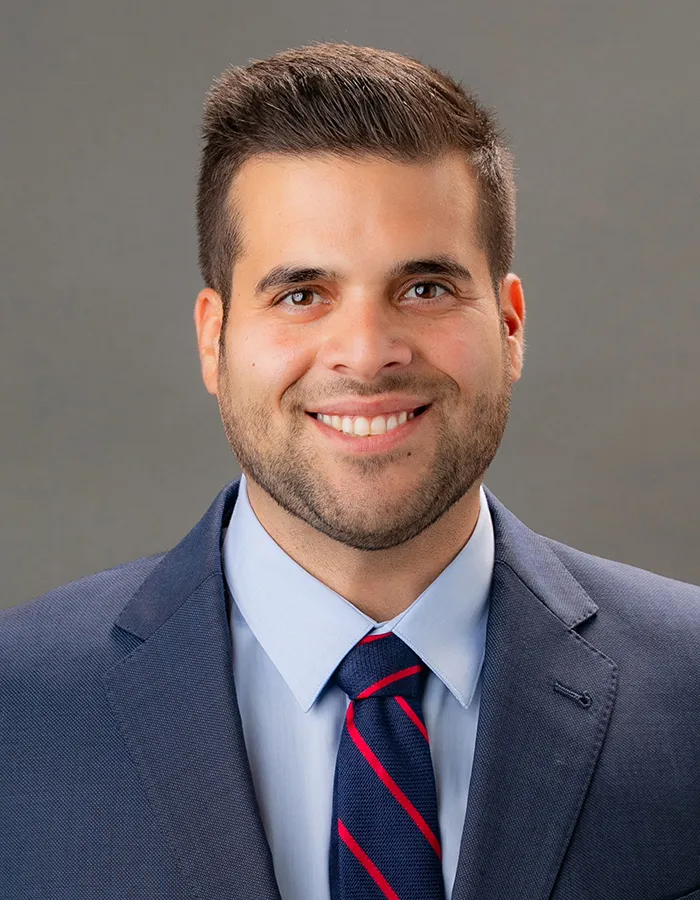

What Is The Best ERAS Photo Background Color?
4. Choose A Solid Gray or White Background
It is very important that the background is a plain white or gray backdrop. A studio photographer will have options sometimes including other colors. But for the purpose of your medical residency application photo, it is important that you keep it neutral and not use a color like orange, bright blue, or yellow.
Avoid outdoor backgrounds: Natural or environmental backgrounds are distracting, even if they can be blurred so you are the main focus.
White backgrounds: Tend to stand out and pop more in a thumbnail scroll.
Gray backgrounds: Might help your skin tone stand out better. For a variety of options try taking a photo with both backgrounds and deciding how the final product looks.
Pro Tip: Choose an outfit that does not blend into your background color of choice. For example, don't wear a gray coat with a gray background.

Do I Need A Professional Photographer To Take My ERAS Photograph?
5. Hire A Professional Headshot Photographer
It is always recommended to hire a professional photographer to take your ERAS photograph. Your photo will be the first thing to be judged on your application. Getting a professional headshot will communicate to the viewer you are a serious applicant, put time and effort into your application, and most importantly you are ready to be a professional.
I recently got my passport photo taken for $14.99. The reason I am telling you this is it was probably the worst photo I have ever had taken. Although you can get your photo taken anywhere or even try DIY headshots, the quality you will get from a professional headshot photographer is incomparable.
What you get from an experienced headshot photographer:
- Posing techniques
- Facial expression guidance
- Proper lighting
- Framing
- Retouching
- Professional background
Pro tip: A good photographer will be able to guide you in posing and become your facial expression coach. It is also important to portray great facial expressions since these photos will be cropped from your chest to your shoulders up.
Examples Of Good ERAS Headshots
A good example of an ERAS headshot will have the proper cropping, positioning of your face in the frame, and shoulder placement. Look for things like the outfits that medical students are wearing, the amount of jewelry, and the facial expressions and body language. These will help you learn what a good ERAS photo looks like.
Bonus Tip
How To Prepare For Your Professional ERAS Photo Session
Taking the time to prepare for your ERAS photo session will help ensure you get the best results possible. Follow these tips below:
- Stay well hydrated
- Avoid alcohol 2-3 days before your session
- Get a good night's sleep the day before
- Have your outfits planned out and pressed or ironed and wrinkle-free
- Plan to arrive early to your session
FAQ
Frequently asked questions about residency headshots
Have more questions? Get in touch with us to start planning your professional headshot today.
Meet Your ERAS Headshot Photographer
Call Me Chris
I won't bore you with too many details, but I will say that I consider myself to be the luckiest guy in the world and I'm so grateful to have had the opportunity to merge my passion and career.
A couple of quick things about me personally. I was born and raised in Orange County. I currently live with my family near Huntington Beach where I love to surf or be in the ocean with my boys.
My passions include art, traveling, and of course photography.
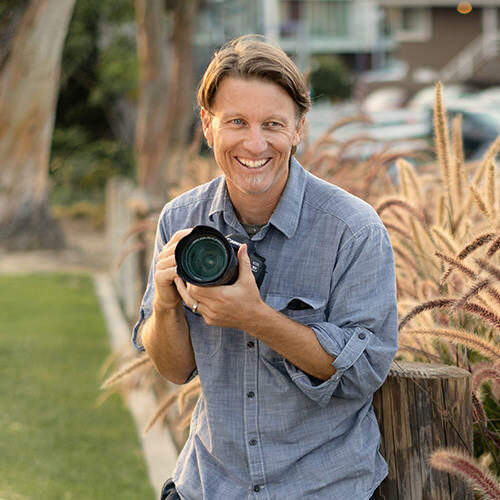
Meet Your ERAS Headshot Photographer

Call Me Chris
I won't bore you with too many details, but I will say that I consider myself to be the luckiest guy in the world and I'm so grateful to have had the opportunity to merge my passion and career.
A couple of quick things about me personally. I was born and raised in Orange County. I currently live with my family near Huntington Beach where I love to surf or be in the ocean with my boys.
My passions include art, traveling, and of course photography.
Articles You Will LOVE
Best Professional Headshots Orange County
Best Business Headshots Orange County
Top 10 headshot examples + Photo Tips
Get In Touch With Christopher
* Indicates a required field




